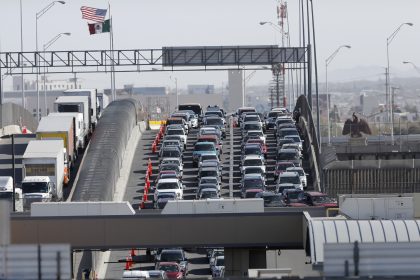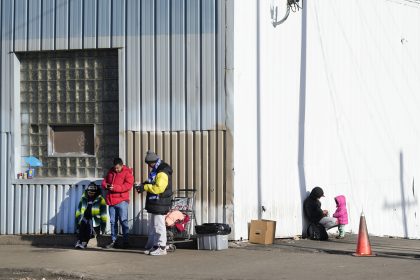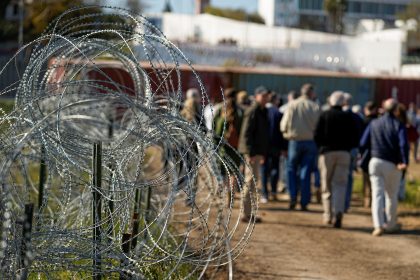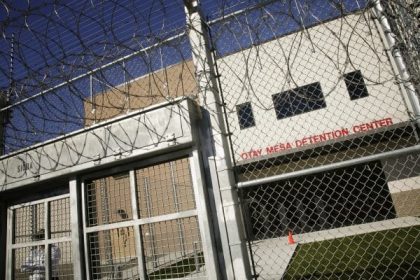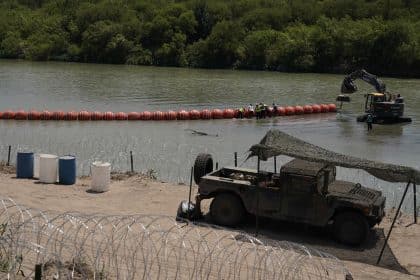State Legislatures Are Increasingly Looking To Take The Lead On Immigration
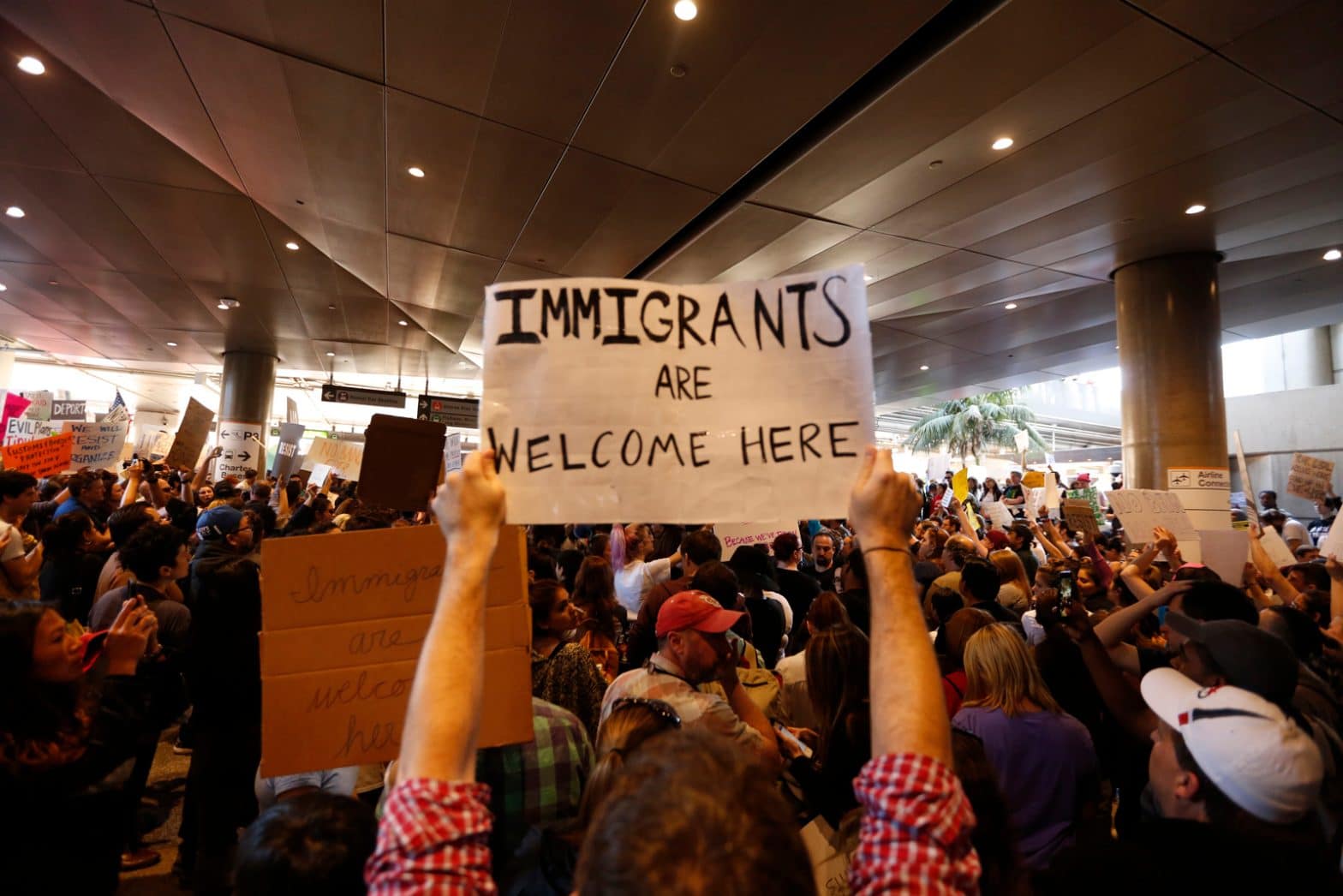
WASHINGTON – In the past decade, many U.S. states have faced labor shortages that have placed a financial strain on local businesses and economies.
With fewer skilled immigrants entering the country and young people losing interest in blue-collar jobs, key industries like construction, health care, and agriculture have struggled to hire the workers they need.
A 2019 analysis of federal jobs data by The Pew Research Center found that 39 states had more jobs than people looking for them. In North Carolina, half of all companies surveyed in a 2018 state study reported difficulties hiring new staff.
The shortage of seasonal workers has put pressure on state lawmakers to find solutions to keep local economies afloat. But states have no authority to let foreign workers in without federal approval.
As a result, a number of state lawmakers have proposed taking a bigger role in local immigration by partnering with the federal government on state-based visa programs.
Since 2007, legislators in at least 16 states have introduced bills or resolutions related to obtaining more immigrant workers, according to a new report by the Washington, D.C.-based Bipartisan Policy Center (BPC).
Most of the proposals died early in the legislative process, but in Colorado, Georgia, Massachusetts, and Utah, some bills were signed into law.
At a virtual panel hosted by the BPC on Wednesday, Michele Waslin, the author of the report and a researcher at the Institute for Immigration Research, said that immigration hasn’t always been a federal matter.
“Early in American history it was really the states and the ports in those early states that were responsible for admitting immigrants,” said Waslin. “It wasn’t until late in the 1800s that the United States federal government took over immigration policy.”
Former Indiana Rep. John Hostettler, a member of the Texas Public Policy Foundation, said that Congress hasn’t responded fast enough to meet the various labor needs in each state.
“The federal government just continues to not be able to come together on reform of the national immigration system, but now you see this almost geometric rise in states working towards solving this problem on their own,” Hostettler said.
In 2017, Sen. Ron Johnson, R-Wis., and Rep. John Curtis, R-Utah, introduced the State-Sponsored Visa Pilot Program Act, which proposed to create a new “W” visa for foreign workers.
The bill would allow states to sponsor seasonal workers, their spouses and children with three-year federal visas. It was reintroduced in November 2019 and is currently in committee.
“Each state has unique industries and employment opportunities, and our current immigration system doesn’t fully recognize these differences,” Curtis said in a statement. “I am excited to take another step towards fixing our broken immigration system by empowering states with the ability to customize a visa program to fit their unique needs.”
Currently, employers can petition the federal government for temporary seasonal worker visas — also known as H-2A or H-2B visas — if they can prove that there aren’t enough U.S. workers to fill the jobs.
But due to a cap on the number of H2A and H2B visas issued each year, many employers fail to obtain visas for seasonal workers. Businesses unable to hire seasonal workers are often forced to put projects on hold or, in some cases, to shut down altogether.
In countries like Canada and Australia, the federal government works closely with regional governments to distribute foreign workers to areas in need. For example, Quebec has an agreement with the Canadian government that allows the province to select both permanent and temporary immigrants based on its own criteria.
Despite taking an aggressive stance against immigration, the Trump administration has steadily raised the cap on H-2B visas for foreign workers since 2017. Last year, the Department of Homeland Security announced that it would increase the limit on H-2B visas by 35,000.

















